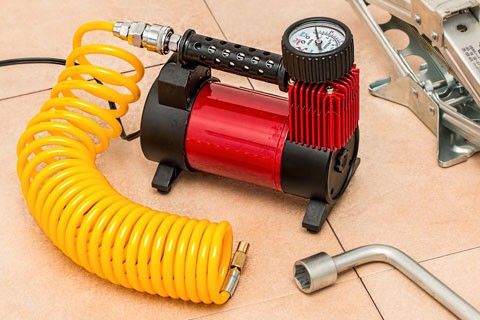Hyundai Trajet Tire pressure
Hyundai Trajet Reifendruck
Hyundai Trajet Pression des pneus
Hyundai Trajet Presion de llantas
Hyundai Trajet Pressao de pneus
Wheel pressure should be checked regularly, ideally check your wheel pressure monthly. Always check your car tire pressure two hours after parking the automobile.
Remember to regularly check the health of the valves to ensure a perfect seal, and can provide longer life.
If you want to have your 4 wheels checked, do not forget to check the pressure of your extra tire.
In winter, when the temperature is very cold, it may also be advisable to raise the inflation pressure.

Disclaimer: We cannot and do not guarantee that all documentation on this website is absolutely current and correct, despite the fact that every effort was made to keep it as current and correct as possible. This website’s information is given “as is” and “as available.” You agree that use of the platform is entirely at your own risk. We make no guarantees of any kind.
There are a few solutions to check or inflate your tires: go to a professional equipped to use the inflation equipment provided by some gas stations/washhouses, or equip yourself with an inflation gun compressor.
Low tire pressure control causes most broken tyres. For each model, car makers prescribe some pressure to ensure greater grip and optimum security.
Hyundai Trajet Where to find information related to pressure
For each car type, the prescribed pressure varies. It is also seen on an edge of the door or on the door of the fuel tank in the car owner’s manual. It’s usually described as two numbers in bar units, usually around 2. The first number represents the front tire pressure, while the second represents the rear tire pressure.
Tire pressure varies depending on the vehicle’s load. As a result, the recommended pressure for a loaded vehicle should be increased by 0.2 bar.
Hyundai Trajet How to measure the pressure?
Often test the pressure in your tires when they are cold, as pressure rises when driving on a daily basis.
Apply the same amount of pressure on both front and rear tires at all times. Only a front-to-back distinction is possible.
Don’t forget to close the valve caps properly as they protect the valve from dirt and dust, thus avoiding any risk of leakage.
When to control the pressure
Tire pressure should be tested on a frequent basis and at strategic times.
Control is necessary before a long journey, for example, to reduce the risk of decomposition and damage
The pressure should be tested every two weeks for regular use. Finally, with less frequent use, we suggest testing the pressure once a month, bearing in mind that the pressure is tested when the tire is cold.
Tire pressure varies from season to season.
The seasons should also be taken into account when checking the tire pressure, as the outside temperatures affect the inside pressure of the tire.
The addition of 0.2 bar to winter tyres is also advised.
Regularly checking your vehicle’s tire pressure is essential. Under-inflated tires can affect your safety in the car by causing a loss of grip or less effective braking.
In addition, it has been proven that an under-inflated tire significantly reduces its life span by 20 percent for 0.5 bar below the recommended inflation pressure. Fuel consumption also tends to increase with under-inflated tires.
Finally, an under-inflated tyre is subjected to excessive stress and can burst at high speeds.
| Hyundai Trajet | |
| 2.0 16V | |
| 215 65 R15 96H | |
| Rear Min. | 2.2 |
| Rear Max. | 2.4 |
| Front Min. | 2.2 |
| Front Max. | 2.4 |
Links :
Tire pressure gauge
TPMS